Experiential Food
Experiential Food
During my school days, murramba in tiffin was an interesting thing along with chitchat with friends. And it was like friends, that share all tastes of life....sour, spicy, sweet and pungent.
My mavshi (maternal aunt) used to prepare and gift us a jar full of chunda. Its taste is still on my tongue same like her love in my heart.
Raw mango sharbat (panha) made by my kaki (paternal aunt) used to be the afternoon refreshing drink for we cousins while been at our farmhouse. Metkut I first time ate at my best friend’s house and insisted my mother to make it.
My neighborhood aunty had a dining table with a tray full of different pickle bottles, and I used to look forward for her invitation to have a parotha or pulav during our summer vacation.
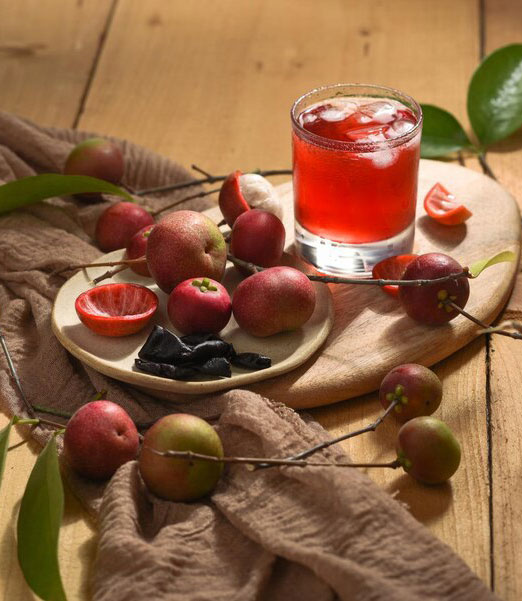
Now you will feel, why suddenly I have started relishing my childhood memories.
Here is the explanation, nowadays while consulting or chitchatting children in the age group of teenage or early '20s doesn't know kokum sharbat but wants sports drink to sip on. They do weird expression for Chunda, chutney, murramba as if they listened to it for the first time, but at the same time, they like to put peanut butter/ choco butter/ or some joyful dip on parotha, the roti or dosa.
Why just talk about these new generations, but adults also finding it easy to stock aerated drinks in the refrigerator and forgotten or avoid using traditional homemade sharbat with a misconception that it can increase blood sugar.
So this blog is dedicated to my relished food memories that may help my generation to revisit theirs and help the younger generation to create theirs.
The first thing first is that we are Indian, and the way we have blessed with a rich cultural heritage, we are also blessed with a unique food culture that can satisfy all human taste buds. How we need a balance in the consumption of all food groups, we also need a balance to satisfy all our taste buds. Too much or deprivation of any one-two tastes can affect digestive secretions like salivary glands.
There could be hundreds of meal accompaniments Indian cuisine must be having. I will share here which I know or I have eaten and how they can be helpful to maintain holistic health.
After reading this blog, do text me names of any Indian meal accompaniments you know and is missing here.
# Raw mango sharbat (कैरीचे पन्हे)
Making and Drinking panha (पन्हे) both gives Happiness. How? In our Indian movies, if a story is based in a small village, a naughty teenage or adult hero/heroine is often shown as plucking raw mango by climbing a tree from someone else mango garden and run away successfully if that farm guard notices them.
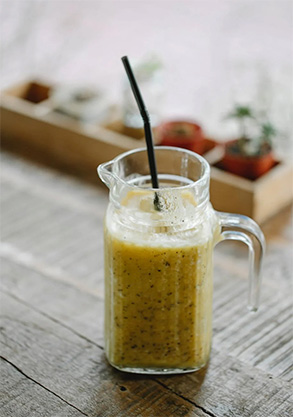
This screenplay is added here to just tell that we Indians every year gets excited to see this spring season's fruit & king of fruit on trees. We feel like doing all childish things to grab it in our hands. And then by our own hands cut it into pieces and eat them by sprinkling salt or make its panha by squeezing it's cooked pulp.
This natural cooling drink not only hydrates our body but also provide tryptophan, an essential amino acid that helps in the formation of melatonin which regulates sleep-wake cycle and serotonin which is called a happy hormone that regulates appetite & mood. So Isn't it cool to enjoy this whole process rather than just picking up an aerated drink from the grocery shop and drink it, to just feel its coolness in the iced dipped glass.
# Kokum kadhi
It is a juice of kokum fruit in coconut milk. My grandmother and my grandmother in law both are in their 90's now with zero ailments.
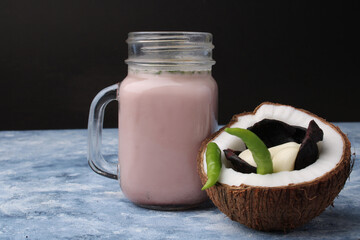
And I have seen them having kokum kadhi after a meal or just eat rice and kadhi at dinner. Earlier I had limited knowledge thinking it's just good for taste. But when I studied dietetics and also read few books on food for therapeutic purpose, I learnt that kokum kadhi is the best combination for reducing pitta dosha. Coconut being MCT rich is beneficial for reducing cholesterol, glycemic index of the meal and stubborn body fat whereas, kokum is having HCA that reduces appetite & lipogenesis (conversion of food into fat).
# Metkut
It is a dry roasted powder of rice, wheat, and dals like chana, urad, moong along with spices. It's a maharashtrian household recipe which is simple to make and easy to carry along for tiffin or travel.
When we are in hurry and no time to make different foods but want to be sure to have a nutritious meal in limited option, then a tbsp of metkut can come at the best deal.
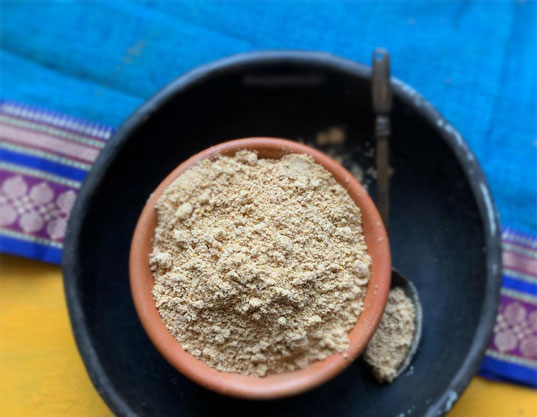
It can be eaten with ghee rice/ pulav or can use it to make quick chutney (metkut,oil, mustard, red chilli tadka) to be eaten along with bhakari or can sprinkle on salad and even make curd dip for salad sticks.
Metkut itself makes a complete amino acid profile, as well as vitamin B complex range. So for students and even professionals who stay away from home, and don't like /don't know /can't do cooking, can consider keeping a jar full of metkut in their refrigerator.
# Murramba (sweet tangy fruit jam), Chutneys and Pickles
Murramba as well as pickle which taste either sweet/tangy/pungent/spicy or a mix of all, and is made up of mango/ amla/ lime. It should be “a must” to eat accompaniment with our daily meals.
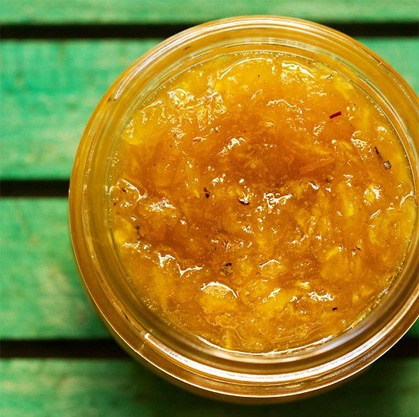
Today it's almost disappeared from our food plates leading to depriving our indian taste buds, which could be a reason for uncontrollable cravings. And then we end up looking for options like chips, chocolates, biscuits and similar empty calories food.
Including a tsp of a pickle with dal rice, murramba with roti sabzi and chutney with paratha or dosa are few examples to make sure our all taste buds get satisfied. We also get probiotic benefits with this homemade food and of-course antioxidants like vitamin C, vitamin A.
# Gulkand
In my Marathi language subject, there was a poem "प्रेमाचा गुलकंद " ( can translate as A rose jam of love). In that poem, a boy used to gift a rose to his girl crush every day with the expectation that one day she will understand his love towards her. Every day while giving rose, he used to wait for her reply…but she said nothing. At last, after waiting for months, he finally asked that girl what she did with all those roses. On which she naively answered, she made Gulkand and gifted him a jar of that gulkand. He feels sad after understanding that, the girl doesn't realized about those roses were his sign of love.
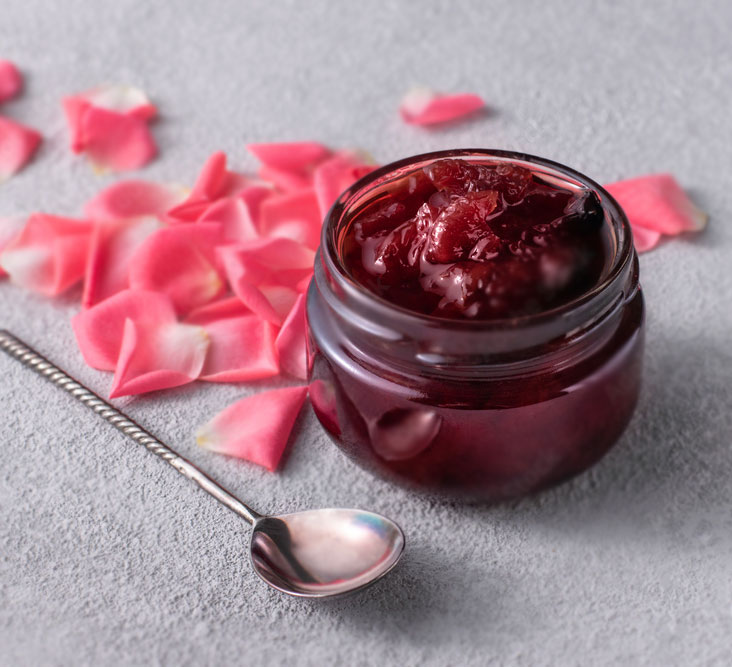
But today I feel that she must have understood his love and given a most thoughtful gift as a token of love and care.
Gulkand, a sweet preserve of rose petals, is an ayurvedic and Indian traditional recipe. Gulkand has cooling properties that helps in treating ailments that are caused due to excess heat in the body. Heat-related problems like tiredness, lethargy, itching, aches and pains can be cured by Gulkand.
A teaspoon of gulkand in one cup of milk is beneficial in curing constipation. Gulkand also helps in treating acidity and heartburn.
In Ayurveda, it is prescribed to take a teaspoon of gulkand in between meals to overcome severe acidity problems in patients.
And therefore, I believe that Instead of gifting roses and chocolate box to loved ones, a gulkand jar can be a unique and healthy choice.
Here are my favourite food which I look forward to eat season wise or meal wise. Incorporating these foods should be done wisely to rejoice our forgotten experiences as well as health benefits attached to them.
Disclaimer : This blog is informative, its application must be done under the guidance of a health professional.